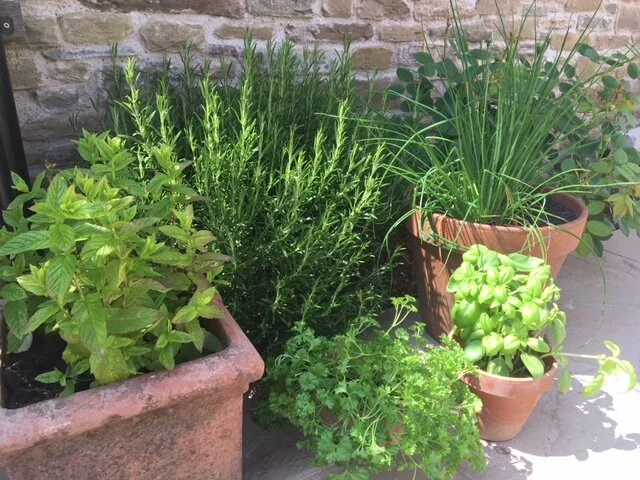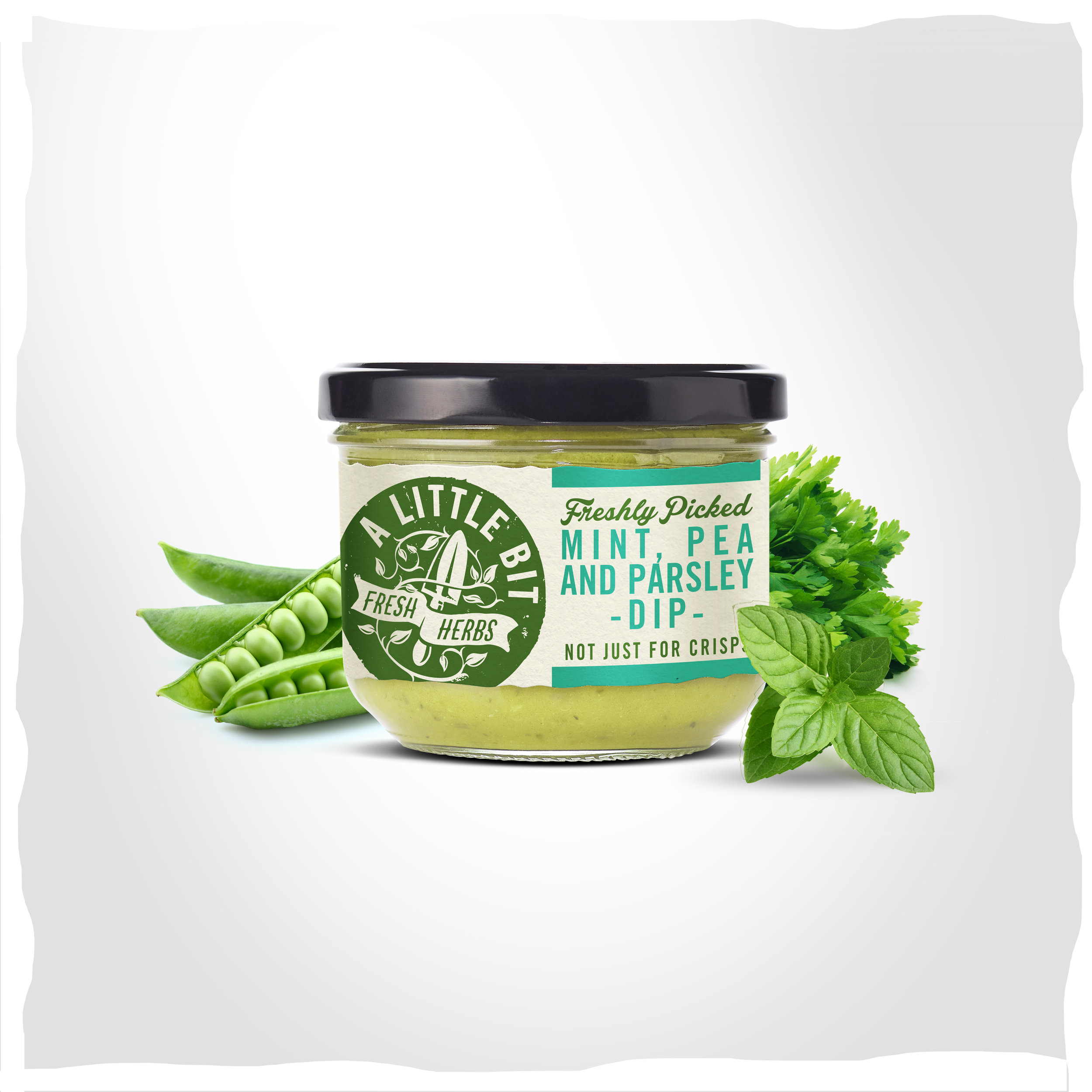THESE fabulous leafy plants HAVE BEEN USED throughout the world for CENTURIES in food, medicine & perfumE. There are thousands, of VARIETIES THAT CAN transform a simple dish and elevate it into something truly spectacular.
MINT
With its uplifting sweetness, mint offers boundless opportunities. Used to soothe and enhance, mint has antiseptic and anti-inflammatory properties. It’s a friend to your brain too – helping increase concentration and easing headaches. Mint is a fantastic all-rounder and delicious with raspberries!
Mint has been found in Egyptian tombs dating back to 1000BC and the Japanese have been using mint oil for 2000 years!
































These quick and easy vegetarian tartines are perfect for dinner parties and come together easily using our fresh herb dips.